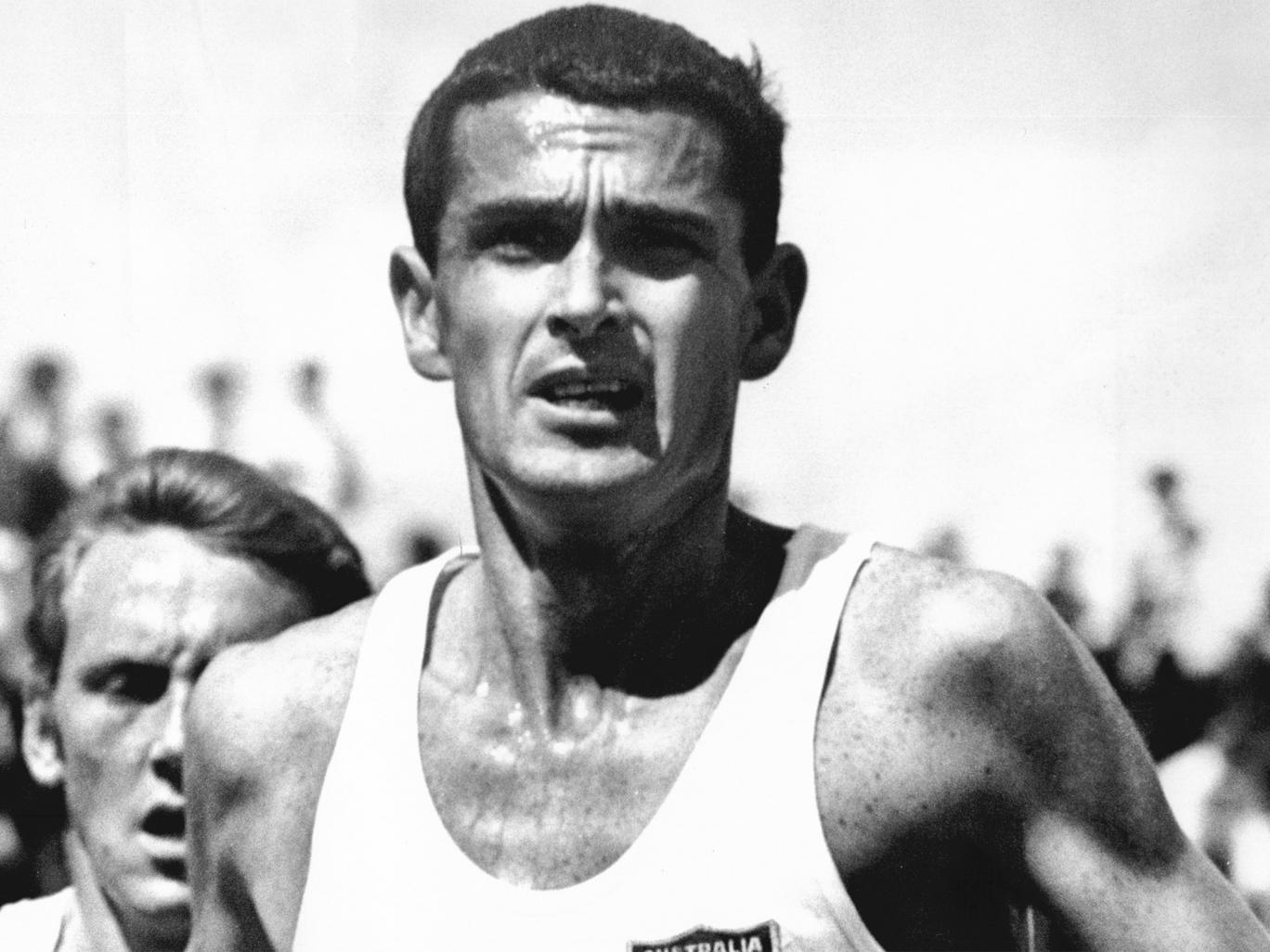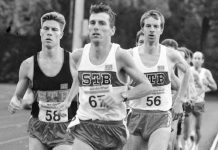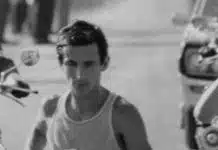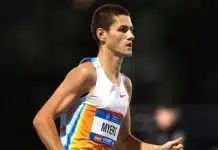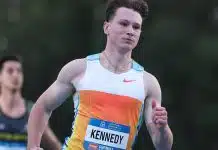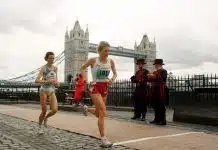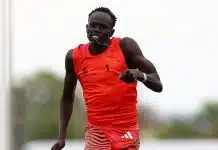Busier than santa’s elves | A Column By Len Johnson
Ron Clarke won three successive Zatopek 10,000s at the start of the 1960s, setting his first world records in 1963.
Clarke likewise won the last two Zatopeks as the decade concluded. Which prompts the question – what happened in the years between. Clarke’s five wins in the annual race – from 1961 to 1963, 1968 and 1969 – remains unequalled. But he could just as easily have had nine. Records are made to be broken, but that one would surely have lasted forever.
The intervening Zatopek races were won by Tony Cook (1964), Ian Blackwood (1965-66) and Barry Tregenza (1967). Fine athletes all: Cook was eighth in the 1964 Olympic 10,000, Blackwood fourth in a Commonwealth steeple and Tregenza an all-rounder with impressive performances form 880 years to the marathon – but it would have been an upset had any of them beaten Clarke at that time.
So what was Clarke up to in December those years. It won’t surprise to learn that he was neither resting, nor putting in a solid training bloc at Falls Creek or Thredbo. Rest would have been understandable after the 1964 Tokyo Olympics, or any of Clarke’s big European tours of 1965, 1966 or 1967, but Clarke’s ‘rests’ were as active as most others work periods.
It is no surprise then, that Clarke was racing at the same time as the Zatopek races were held. The only people busier than Clarke most Decembers were Santa’s elves.
The 1964 Tokyo Olympics were late in the year (October), to escape the worst of the Tokyo summer and to better fit the northern hemisphere countries. Despite running the 10,000 (a straight final, fortunately), the 5000 and the marathon at the Games, Clarke went straight into another 5000 in Osaka a week after the closing ceremony and then a series of races in Melbourne as some of the Games stars travelled ‘down under’.
That year’s Zatopek race was on 9 December. Six days earlier, Clarke had broken the world record for three miles at Olympic Park, defeating the previous record holder Murray Halberg of New Zealand. This was the famous meeting where Clarke had locked in a deal with Channel 7 to cover the race live, dovetailing the cross into the nightly news bulletin.
The timing threatened to go awry as a couple of false starts were called in the 100 yards. Clarke raced frantically down the track to tell the starter – Olympic starter Judy Patching – to let the field go whatever happened on the next start or they would miss the television.
As part of the deal for to secure Halberg and Peter Snell for that meeting, Clarke had agreed to race in New Zealand a week later. So no Zatopek for him in 1964.
A year later and Clarke was again following a hectic schedule. After his fabulous European tour, he used a ticket to the Fukuoka marathon to help him get to Mexico City, site of the 1968 Games, for some familiarisation and high altitude time trials. On his return to Melbourne, Clarke ran a 13:40 trial at sea level and then broke the world records for 20km and the one-hour run.
At the 1965 Zatopek meeting, Clarke joined his Glenhuntly teammates in running a 4×1 mile relay and a week later he ran a 5000 against Kip Keino at South Melbourne football ground, now the home of the Lakeside Oval track.
Clarke and Glenhuntly promoted that meeting, as they did in December, 1966 when Clarke was to run a six miles against Commonwealth Games champion Neftali Temu of Kenya. After losing to Clarke over 3000 in Adelaide and 5000 in Sydney, however, Temu did not run in Melbourne due to bruised and blistered feet.
Feeling that he owed the public a fast time, Clarke went ran 26:52, just five seconds slower than his world record set en route to his 10,000 metres world record in Oslo, and worth around 27:45 for 10,000.
“That’s the best run I’ve ever had in Australia,” Clarke said after the race.
At the same meeting, Ralph Doubell defeated Wilson Kiprugut over 1000 metres, a result which would become a lot more significant when he beat the same rival to win the 800 metres Olympic gold medal two years later.
The 1966 Zatopek race was actually held in January 1967 to avoid the clash with the international meeting, but by then Clarke was racing indoors in the US. Then, in 1967, Clarke was again running the Glenhuntly/Athletics International meeting where he produced another fine performance over six miles.
Finally, Clarke returned to the Zatopek in 1968 and 1969, winning both races to take his tally of wins to five. Andrew Lloyd, Steve Moneghetti and Luke Kipkosgei have all notched four wins since, but no-one has matched Clarke.
This year’s Zatopek race, the first since Ron Clarke’s passing earlier in the year, will naturally have a strong Clarke link. Both the men’s and women’s Australian champions will be honoured with a Ron Clarke medal.
Clarke’s race record and Australian record have long gone – the latter, fittingly, in the Zatopek race – but it will be a few years yet before anyone matches his impact on the classic annual race.


